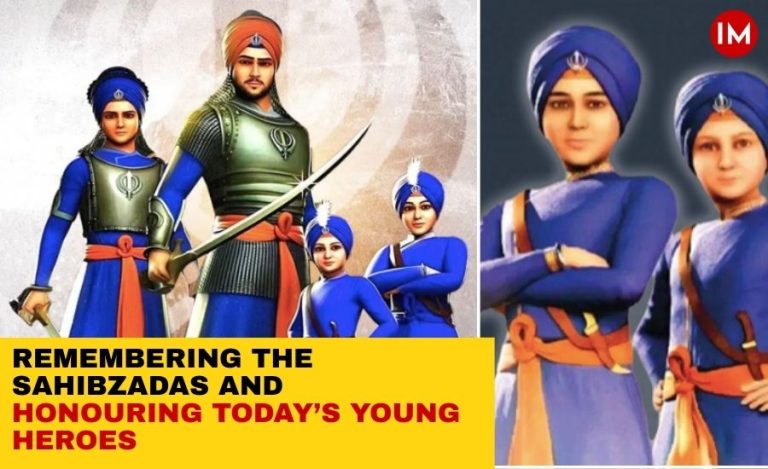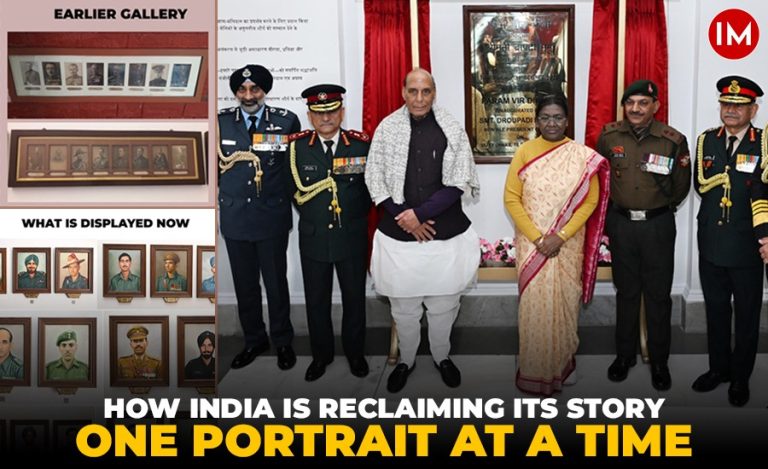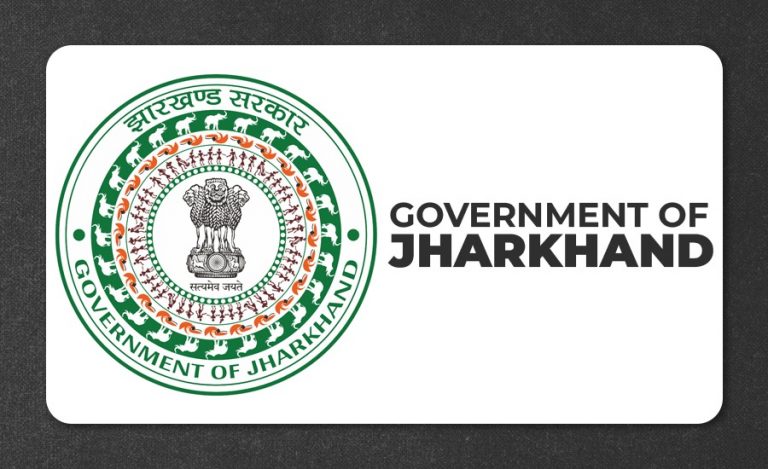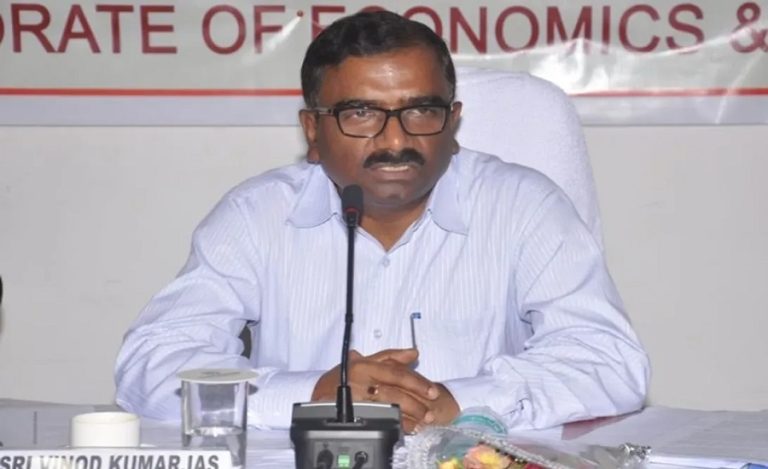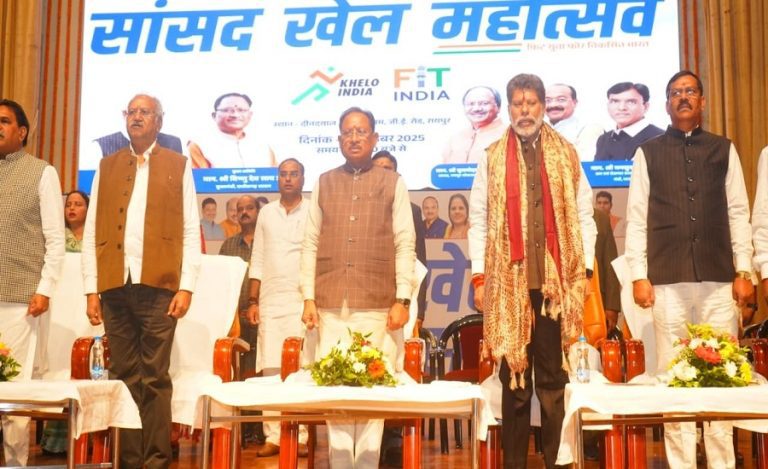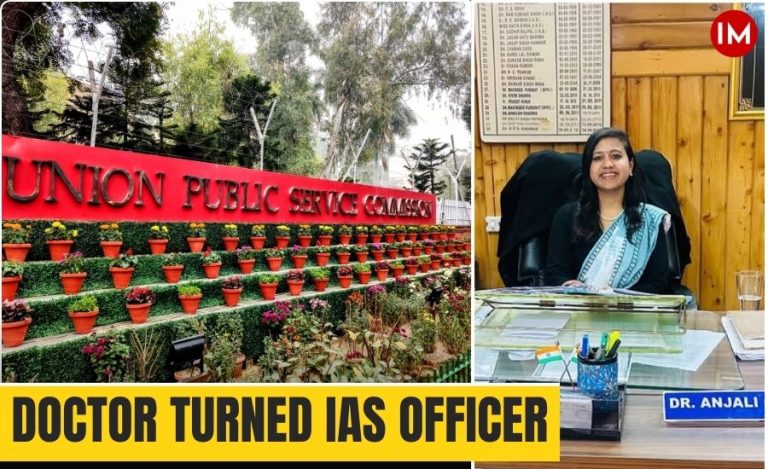The recently released Tamil film, Jai Bhim, which surpassed The Shawshank Redemption to become the top film in IMDB ratings, depicts a true story of an upright lawyer who went all out to help the poor, defenseless people of the Irular community who are the original natives of the land but were cheated by the inhuman police force that sought to exploit their helplessness.
The state did fail the Irular community and it’s quite difficult to deny it. However, an IAS officer in Tamil Nadu took to Twitter to explain how bureaucracy has over the time strived to amend this state of affairs. The officer in focus, Mr. Prabhushankar T Gunalan, in his long thread of tweets explains how he, as a bureaucrat, helped the backward community and brought a few of them out of darkness.
While speaking to Indian Masterminds, he said, “My first two postings as IAS officer in Tamil Nadu were as Sub Collector in Cheyyar (Tiruvannamalai) and Tindivanam (Villupuram) which have a large population of Irulars and I had the opportunity to interact and positively impact the lives of a few of them.”
CONCEIVED A PLAN
In a first-of-its-kind initiative, Mr. Gunalan modeled a self-sufficient rural dated community on India’s former President Dr. APJ Abdul Kalaam’s concept of Provision of Urban Amenities in Rural Areas (PURA).
Under this, a smart colony for 143 Irula households living in the villages of Vandavasi taluk of Cheyyar subdivision of Tiruvannamalai district was established under the project at Misanallur village. The project is a comprehensive intervention including housing and provision of milch cows, setting up of their own brick kiln, charcoal making unit, etc.

Mr. Gunalan said, “The seeds of the project were sown on 3 December 2015, on the second day of my assignment as Sub Collector. Tamil Nadu was hit by unprecedented floods, and I was inspecting a government school where local villagers, including Irulars, were sheltered. They took me to inspect their habitation which was completely inundated and requested me to provide them a site for them to set up their huts.”
He further informed that after instructing his team to take necessary action, he came back to office and started to conceive a comprehensive project in a rough manner and refined it over a week. “As revenue department did not deal with developmental projects, I formed a core team comprising of officials from Revenue, DRDA, Animal Husbandry and gathered their feedback. As the Tahsildar was already overburdened with her regular duties, the components of the project were tuned in such a way that they were aligned with the regular targets they were meant to achieve,” he said.
FUNDS SANCTIONED
Soon, everyone in the team started owning up the project, realizing its impact on the most marginalized of communities. The officer explored means of funding by discussing with the District Adi Dravidar and Tribal Welfare Officer. He also explored various schemes available for Irulars and learnt that the government of India had a lot of funds allocated for them under PVTG scheme.

He said, “With the consent of the District Collector, I forwarded my project proposal seeking Rs.1.59 crores to Director of Tribal Welfare, which was forwarded to the Tribal Affairs ministry. I directly got in touch with the Joint Secretary and got the project sanctioned in the Project Sanctioning Committee. In just a matter of two months, the funds were sanctioned, and the Tamil Nadu government passed a government order in this regard on 13 July 2016.”
HOUSES CONSTRUCTED
In order to relocate them, a land in the category of ‘Kallanguthu poromboke’ in Misanallur village was identified. The land was surveyed and plots of 2.75 cents were demarcated to be allotted to all 43 households.

A colony of houses was constructed and named ‘Abdul Kalam Puram’ in honour of our former President. It was planned as a proper layout with provisions for roads and drains, drinking water, toilets, streetlights, trees, pastoral land for cattle, space for kitchen garden, etc. These houses were constructed at a cost of Rs. 2.5 lakhs each, as provided by the Directorate of Tribal Welfare.
MODEL ADOPTED BY GOVT
With the success of the first phase of the project, the officer conceptualized the second phase of the project by rectifying all the gaps in the former. This time, the scheme was much bigger and catered to 100 beneficiaries.
He said, “Surprisingly, the project was immediately sanctioned at a cost of Rs. 6.91 crores under the same scheme in June 2017. The new project had additional components like Bio Gas plant, street lights, drainage, cattle sheds, children’s park and even internal electrical works, making it a self-sufficient scheme.”

The officer continued to advocate the cause of rehabilitation of bonded labourers and Irular population across fora, like conferences and workshops, and with his own efforts, the model was incorporated in the ‘TN State Action Plan for Rehabilitation of Bonded Labourers’ in 2019.

Mr. Gunalan was awarded the ‘Public Justice Champion’ Award by the Maharashtra State Commission for Women at the International Conference on Women Trafficking held in Mumbai. He received the award from the Governor of Goa.


